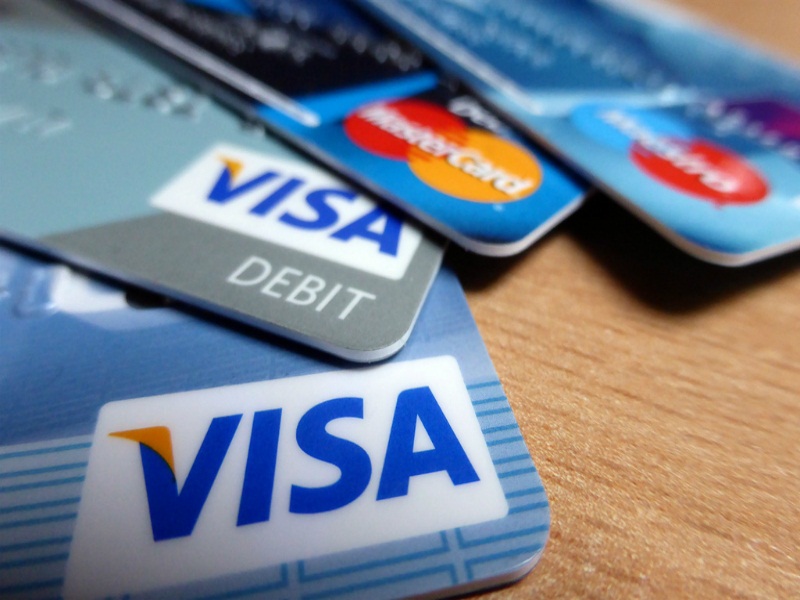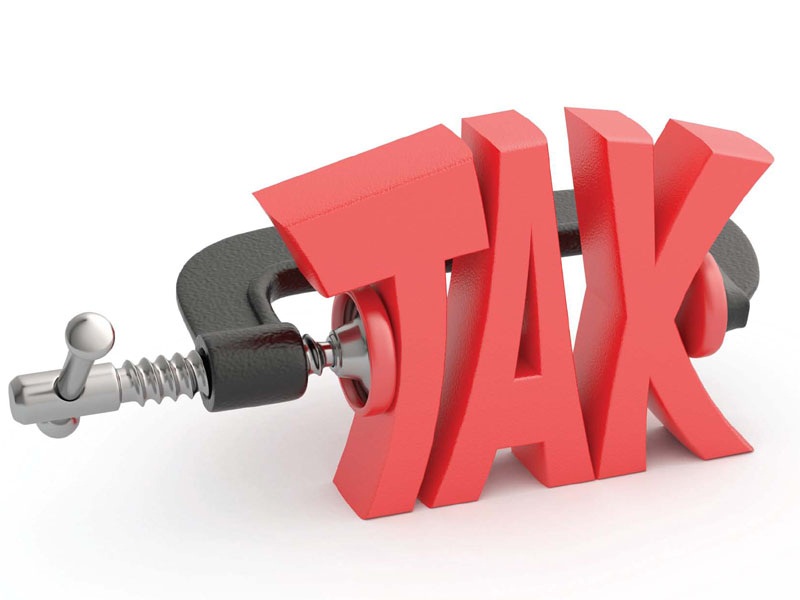From mobile games to dating apps, microtransactions significantly boost profitability when implemented correctly. Maximizing the commercial potential of microtransactions requires thoughtful design, positioning, and integration. Developing your microtransaction strategy is to clearly define the value you are providing users and establish appropriate pricing. Research to determine what users find meaningful and how much they are willing to pay for individual components and features. For virtual goods like skins, costumes, or power-ups, compare the prices of similar items in competing games. For access to gated functionality like ad-free viewing or unlimited usage, evaluate pricing based on the utility delivered.
Driving adoption through positioning
Microtransactions represent a shift in monetization, so effective user messaging is critical. Be transparent about what the purchases provide at the outset. Clarify upfront that the core experience remains fully accessible. Describe microtransactions as an opportunity to enhance enjoyment rather than limiting functionality. Highlight where revenue will go, whether it be supporting developers, creators, or causes users to care about. Consider positioning certain microtransactions as time-savers that recognize the value of player time and effort. Framing purchases as positive choices rather than barriers or paywalls leads to greater user acceptance.
Offering tiered access and unlocks
Providing a range of microtransaction tiers allows users to choose their level of investment. For example, a base $0.99 purchase could remove ads, while higher increments give unlimited usage or premium features. Staggered unlocks and access tiers satisfy both lower-commitment casual users and highly engaged users willing to pay more substantially. Letting users spend to their desired level of involvement maximizes revenue potential. According to https://www.moneylife365.com/ if you need more details visits here.
The most lucrative microtransaction implementations generate a high velocity of impulse purchases in addition to upgrades. Position prompts for small impulse buys at points of peak user engagement or satisfaction. For example, display a $0.99 victory fanfare microtransaction when the user completes a challenging level. The low friction of one-tap purchasing capitalizes on positive emotional responses. Use seasonal themes, special events, and limited-time content to inspire impulse purchases and create a fear of missing out. Holiday cosmetics, event loot boxes, and battle passes create urgency to purchase.
Optimizing purchase flows
The user flow for making microtransaction purchases has a significant impact on conversion. Ensure users initiate purchases easily within the app at any relevant moment. Store login credentials to eliminate friction from re-entering payment details. Provide purchase confirmation screens that summarize what the user is getting for their money. Surfacing dynamic social proof elements like showing “Most popular!” on top-selling items can increase conversions. After completing purchases, immediately grant access, activate functionality, and display/deliver purchased content to deliver instant gratification.
Using rewards and progression mechanics
Microtransaction offerings and pricing tie into layered progression mechanics and rewards cycles also influence revenue potential. For multiplayer games, early microtransaction unlocks help users feel empowered and invested as they begin engaging with the community. In later stages, as users become more committed, higher tiers and rarer items fulfill their desire for deeper status and customization. Some apps purposefully make early progress fast and light on microtransactions to get users hooked, then increase prompts for purchases deeper into the journey. Explore what combination of free rewards and paid unlocks optimizes your product experience.
















